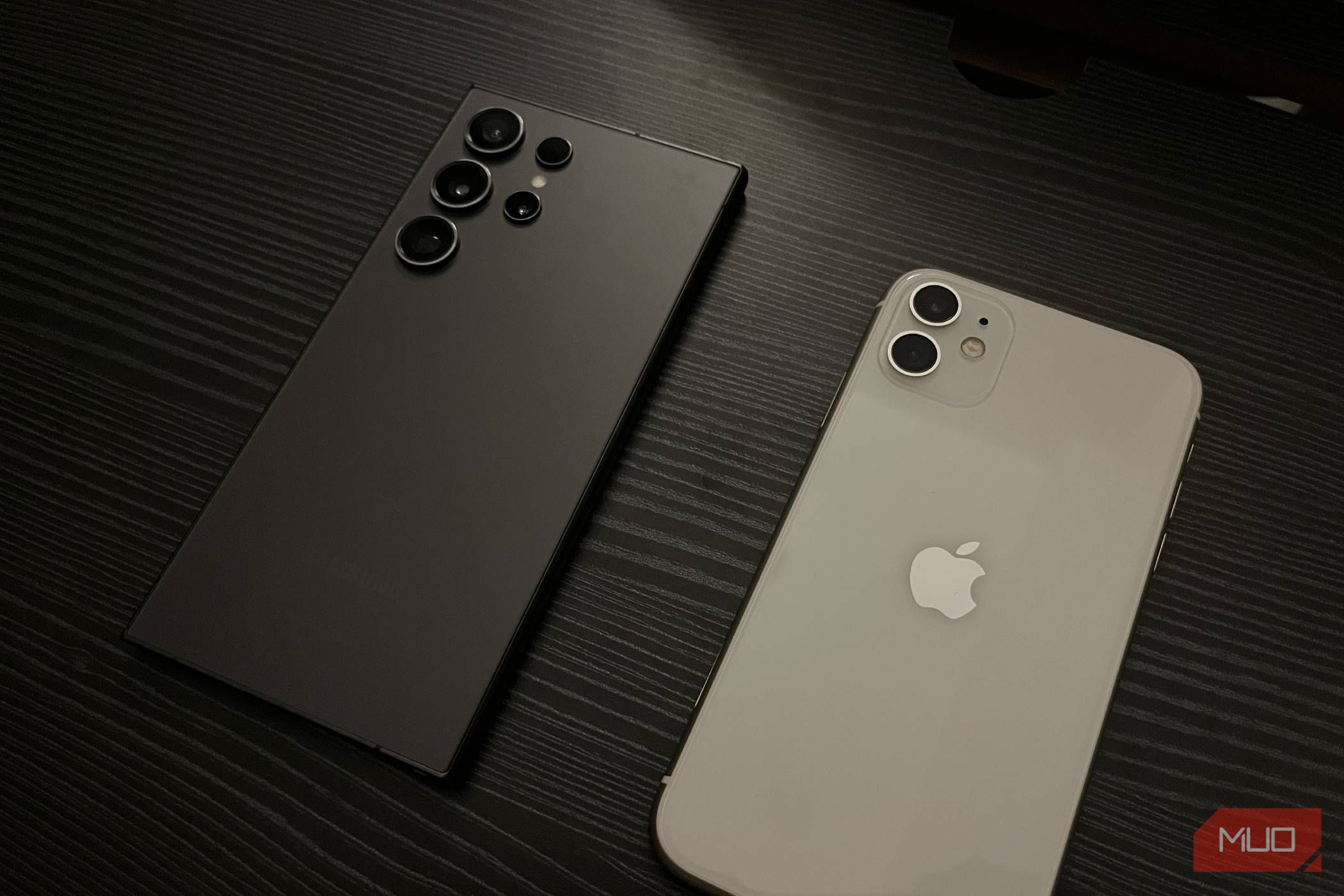Now Reading: Unlocking Hidden Features: What Your Phone Camera Can Really Do
-
01
Unlocking Hidden Features: What Your Phone Camera Can Really Do
Unlocking Hidden Features: What Your Phone Camera Can Really Do

Swift Summary
- augmented Reality (AR) measurement allows smartphones to measure real-world object dimensions and spaces using the camera,aided by sensors such as an accelerometer and gyroscope.
- AR technology detects flat surfaces (e.g., floors or tables) and measures distances between points, creating a 3D visual representation in real-time.
- The technology is available on most mid-range and flagship Android phones and iPhones. Entry-level devices may not support it.
- Apple’s “Measure” app comes pre-installed on iPhones but can also be reinstalled from the App Store if deleted.
- Samsung devices offer the “Quick Measure” app for 3D measuring; it calculates camera-to-object distances, stores measurements via photos, and saves them for future reference.
- Android users can access third-party apps like “AR Ruler” from the Play Store. This app provides additional features including volume measurement,angle detection,and path scanning.It is also available on iOS with free downloads but includes in-app purchases.
- To use AR measurement tools: Open the relevant app, point yoru phone’s camera at the target objects or space while following prompts. Measurements are marked by tapping points displayed on-screen.
- These tools are useful for tasks like checking room dimensions or determining whether furniture will fit in a specific area. Shapes like squares or circles are detected automatically by most apps without manual tracing needed.
- Accuracy varies within a small margin of error (a couple of centimeters). Results depend on positioning; slight errors may occur if angles aren’t consistent.
Read more: How to Use Your Phone Camera as a Measurement Tool
Indian Opinion Analysis
The advent of AR-based smartphone measuring tools is critically important as they democratize access to practical technology for everyday needs,including home improvements or professional design assessments. For India-a country with wide adoption of smartphones yet diverse income levels-this innovation could help circumvent costs associated with specialized equipment while providing convenience for consumers.
Though, widespread usability hinges critically upon technical literacy and phone affordability across segments in India’s heterogeneous market. Entry-level device compatibility barriers may delay broader adoption among rural communities where lower-cost phones dominate user bases.
additionally, increased reliance on such digital utilities draws attention toward data privacy concerns inherent in new technologies utilizing spatial scanning. Regulators might need frameworks ensuring usage safety similar to other personal data protection paradigms already under discussion internationally.
While limitations around precision exist compared to traditional tools like laser-based measures-which professionals still prefer-the ease provided through smartphone solutions offers immense value for informal needs around homes or offices across urbanizing Indian markets poised towards increased tech utility integration systematically over time.























